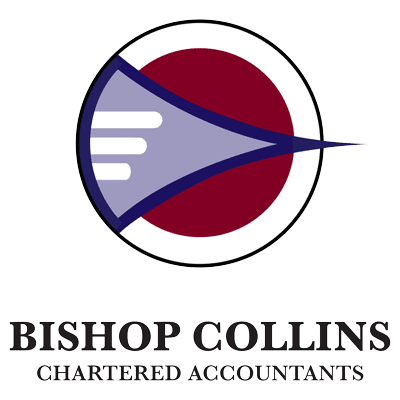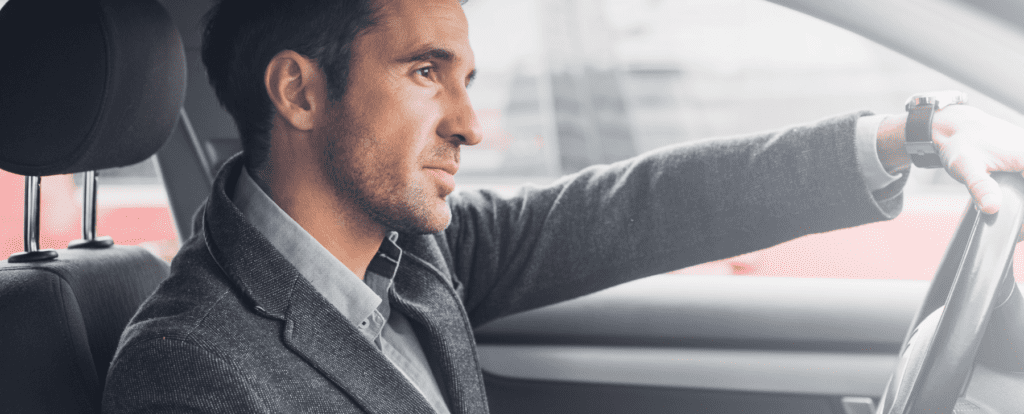What is a car fringe benefit?
If you are an employer and you ‘hold’ a car, that you make available to an employee for private use, then you may be exposing yourself to a car fringe benefit. A logbook record may be required by your employee to assess your FBT liability.
Even if the car is garaged, and your place of employment and residence are the same, the car is taken to be available for the private use of the employee.
To read more on what is classed as a car, or what the conditions are to ‘holding’ a car you can visit the ATO website by clicking here.
As a general rule, travel to and from work is private use of a vehicle.
As we approach yet another fringe benefits tax (FBT) year end, it’s a timely reminder of the logbook requirements for calculating FBT.
Logbook and odometer records are kept when you use:
- the operating cost method to calculate the taxable value of a car fringe benefit (refer to section ATO website here for more detail )
- the first method for employee cars when applying the ‘otherwise deductible’ rule (refer to section 21.1 on ATO website for more detail ).
In a logbook year, you must keep both types of records. In a year other than a logbook year, you need to keep only odometer records.
A logbook year commonly occurs when you use the operating cost method to value a car fringe benefit for the first time.
Logbook records contain a record of business use and are usually maintained for a continuous 12-week period.
Odometer records are a record of the total distance travelled during the same 12 weeks these logbook records were maintained, and the total distance travelled each year. The 12-week period chosen should be representative of the car’s business use.
You should keep records of additional information such as the car’s make, model, registration number and percentage of business use as part of your business records.
What is the Operating Cost Method?
The Operating Cost Method of calculating FBT on cars is based on a logbook record of travel which establishes the business percentage of motor vehicle expenses.
What expenses can you include in your logbook records?
- Petrol and repairs
- Registration
- Insurances
- Depreciation
- Imputed interests (if the car is owned)
- Lease costs (if the car is leased)
Employee contributions to expenses from after-tax income are deducted.
When do you need to keep a logbook?
For the first year in which car fringe benefits are calculated a logbook recording of each business journey must be kept for a minimum continuous period of at least 12 weeks at any time in the year. The 12-week period may overlap the start of an income year.
What details are recorded in a logbook?
You can purchase a logbook from any newsagent or office supply store. You can even create or design your own logbook. However, it is important that all of the following details of your ‘journey’ are recorded.
A journey is recorded by making an entry in the logbook, in English, containing the following information:
- the day (dates) the journey began and ended
- odometer readings at the start and end of each trip
- the number of kilometres the car travelled on the journey, and
- the reason for the journey.
The record must be made at the end of the journey or as soon as possible afterwards.
The purpose of the journey must be clearly defined and sufficiently described so there is no mistaking it for a business trip/journey.
Where two or more business trips are undertaken consecutively on any day, only one entry for the series needs to be recorded in the logbook.
For example, an entry for a salesman who called on 10 customers while working in the Bathurst-Orange area of New South Wales could record the odometer readings at the start and end of the consecutive journeys and describe the purpose of the travel as ’10 customer calls, Bathurst-Orange area’.
How often do you need to prepare a logbook?
A logbook is generally valid for 5 years (ie. The same logbook may be relied upon for 5 years before another 12 week period must be recorded), although you are required to keep records of your opening and closing odometer readings to establish total kilometers traveled during a year.
Sample car logbook record
| Employer name: | FBT year ended 31 March 2020 | |||||
|---|---|---|---|---|---|---|
| Make: Holden | Model: Commodore | Engine type: 3,800cc | Registration No: AAA 999 | |||
| Date trip began | Date trip ended | Odometer start | Odometer end | Kilometres travelled | Purpose of the journey | |
| Business km | Private km* | |||||
| 06/06/2019 | 06/06/2019 | 118,500km | 118,570km | 70km | 0km | Visit mechanic, ATO |
| 07/06/2019 | 07/06/2019 | 118,570km | 118,580km | 0km | 10km | Private travel |
Private travel is not required to be shown, but you may include it in your records to help with calculations.
You need one logbook per car.
What happens if your employer replaces your company car?
If a car is replaced, the business use previously established under a logbook may be used for the replacement vehicle.
How long do you need to retain the logbook records for?
A car logbook must be retained:
- until the end of the latest income year in which it is relied upon to support the calculation of the business use percentage for the car; and then
- A further five years.
There are various methods you can use to log your journeys. The most commonly used method is via a paper logbook where you manually input your business travel times.
There are also lots of apps where your data can be automatically or manually recorded in the app.
Some examples of these apps are:
This is a great way to save time when inputting your data, but make sure you download the right app for your purposes.





